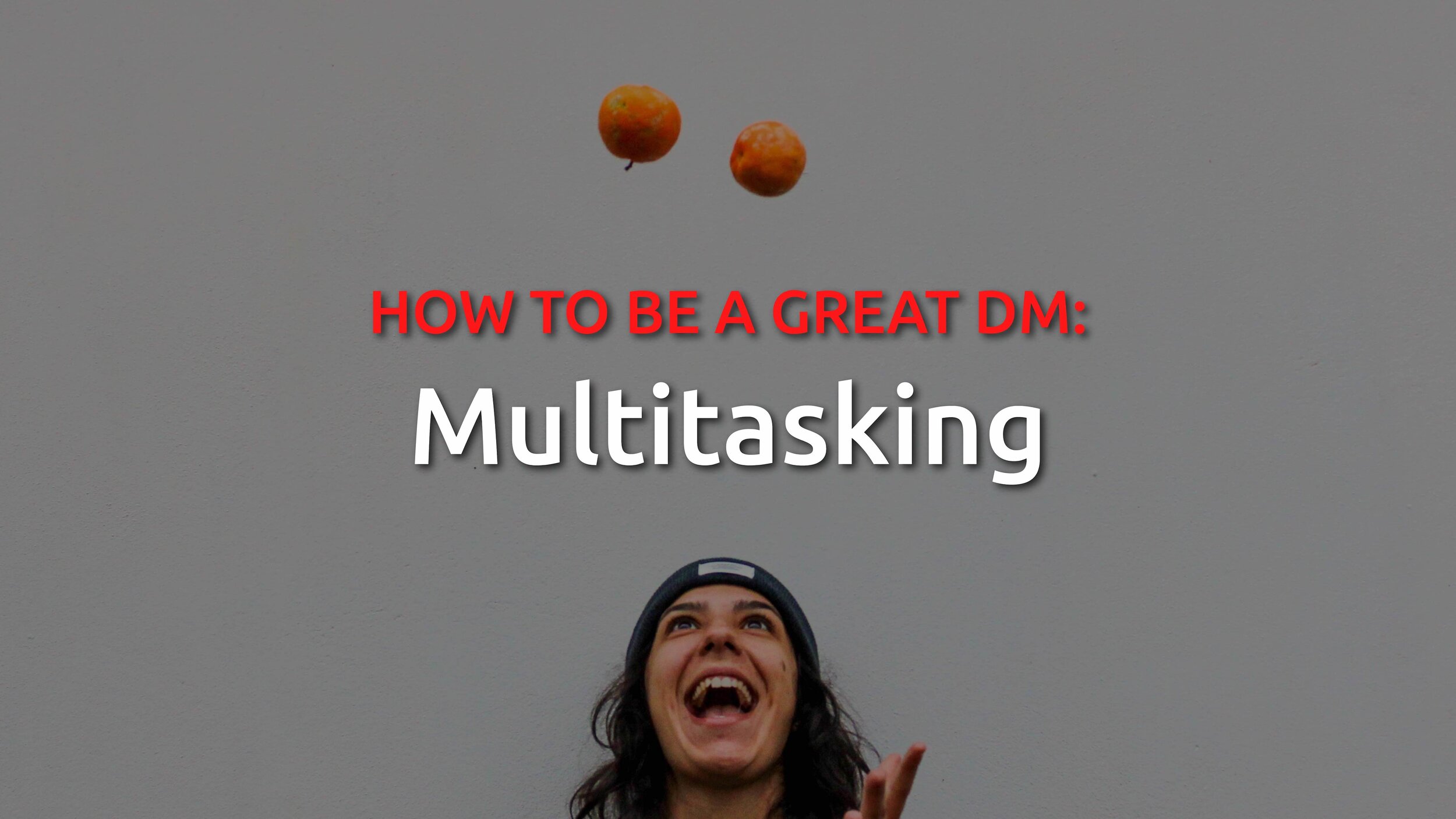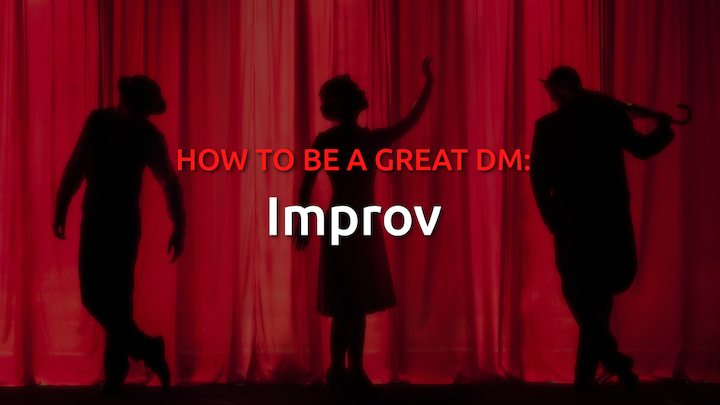5 tips for a successful Kickstarter
for a tabletop game
For a tabletop game
So you’ve crafted an intriguing, challenging and basically awesome tabletop game or gaming accessory, and now you want to share it with the world?
Or, better yet, you want the world to buy it?
That’s so cool! Congratulations and good work! I’m impressed and you should be proud. Finishing something creative like that is super difficult.
But just because you finished something creative doesn’t mean people will automatically want to pay you for it. Often the most challenging thing is getting the word out about your new thing. If only people knew about it, they might buy it…
That’s why we launched our first game on Kickstarter. Not only did we get a platform for selling our one-shot dnd campaign, but we had tools at our fingertips to get the word out about it. Kickstarter is a great way to fund a creative project, especially for the gaming community, which is one of the most supportive communities I’ve ever encountered.
When we launched our A Christmas Carol Adventure in November 2019, we knew that Kickstarters launched at that time of year typically had less than favorable results. We also knew that since this was our first Kickstarter, the likelihood for success was lower. We launched anyway, and far surpassed our goal for the project.
I know what you’re thinking, “How can I launch my Kickstarter and be successful like them?”
I have 5 tips for you to accomplish just that!
(Caveat: these things worked for us and our unique situation and game. As with ALL marketing advice, take with a grain of salt and find out what works for you and your business.)
Create something people want
Guess what, not everything you like is going to be liked by other people. Just because there’s nothing like your product on the market doesn’t mean there’s a gap. Sometimes that product doesn’t exist because no one wants it or it’s too expensive to produce or there’s steep competition.
When you’re developing a game or gaming accessory, consider these questions:
Do I enjoy this?
Do my players enjoy this?
When I talk about this idea, do the people I’m talking to ask questions or get excited along with me? (this has to be tried on several people or a bunch of people to be an effective question)
If the people I talk to about this cool concept don’t get excited, is it because they’re not the audience for this product? (i.e., they don’t play tabletop games or they hate fanfiction or they are just a sourpuss that wants you to lose your mind) If so, find someone else to pitch your project to, someone who like gaming like you do.
Is there something exactly like this already for an affordable price by an excellent company? (Sometimes you have a great idea that someone already had. That doesn’t make your idea stupid, it just makes it hard to sell. Remember, The Prestige and The Illusionist came to theaters a few months apart and are both excellent films. But there is still the question, if the other movie hadn’t been out at the same time, would they each have made more money?
Also, consider this - what are you creating that’s different? Why would I buy your new thing instead of the established thing by the good company? If you can’t come up with a reason, you might want to re-think your product.)
Lastly, do you enjoy the process of creating this thing? (If your Kickstarter is a huge success and you sell 20,000 copies of your new gaming accessory, are you going to enjoy fulfilling those orders or are you going to have a mental breakdown and decide to dress up like a ficus and plant yourself by your front door for several days to recuperate?
Bro, sis, kid, if you hate the process, you’ll learn to hate your product. And I know, you might not know if you hate it yet. In that case, you’ll figure it out. But if you know right now that you would rather be boiled in T-Rex pee than fulfill 20,000 orders of your product, consider a different path in life.)
Ultimately, you’ll never truly know if people want your product until you launch it on Kickstarter.
In the end, the best indicator that you have a product people want is if you are excited about it.
High quality appearance = high quality product
When it comes to gaming, appearances matter. When was the last time you invested your hard-earned money in a janky-looking tabletop game? And I don’t mean the art style or the marketing style.
Consider this example:
Image from BoredPanda - https://static.boredpanda.com/blog/wp-content/uploads/2017/08/10-photos-showing-what-most-people-see-and-what-a-photographer-sees-fb6.png
If these images were games, which one would you buy?
The world of tabletop gaming and TTRPGs is one of amazing, astounding art. You can’t get far on social media without gaping at the skills, the imagination and the dedication of artists within this community. And they share their art so freely!
This sets a high bar for those creating games and gaming accessories, but don’t be discouraged. If you’re not an artist, you can still find a stellar artist to work with you on your team. Or, if that’s too costly of an investment at the moment, you can simply present your product in a professional manner. Here’s an example:
Pearls Before Swine is famously created by an artist who doesn’t consider his skills to be very good (Debatable, because I think he’s fantastic). But he presents his work in a professional manner, staying within the conventions of comic strip creation and making the jokes legible for readers.
When people look at games and gaming accessories, they are looking for quality.
If the outward appearance is high-quality, they will assume the product is high-quality.
Appearance matters.
Clear scope and timeline
Have you ever seen the animated film Titan AE? Don’t worry if you haven’t, few have. Although the imagination and characters of the movie are fun and intriguing, the movie suffers from a big problem - the main characters are in 2D animation and the villains are in CGI.
Who thought this was a good idea? Did anybody stop to consider the visual disconnect between these two mediums when combined in the same movie?
Unfortunately, pre-production for Titan AE was a mess - it started out as a live-action movie and was pitched to Joss Whedon! - and by the time the studio settled on an animated film, it was too late to give the project the money it needed to succeed.
Without that clear scope and timeline at the beginning, Titan AE was doomed before it even hit the theaters and became known as a tremendous flop.
If you want a successful Kickstarter campaign, you need to develop a clear scope and timeline for your project. No, you won’t know everything. But if you have a plan, you can adjust it later on. You can’t adjust no plan at all.
When you have a clear scope and timeline, people are more likely to invest their money in your project. It gives them comfort that they might actually get the thing that they pledged money for. And when the timeline draws to a close, your backers can also see if you are following your timeline. This is important for two reasons:
People like to know what to expect, it makes them feel more in control
People know when to send messages to you if they haven’t gotten their product yet
It’s always better to know.
Stretch goals, but not too many
Stretch goals are the goals you hope to hit when your Kickstarter surpasses expectations. You don’t have to have stretch goals to set up your Kickstarter campaign. But they help.
Here’s why - when you have stretch goals, you’re telling the backers that they can still impact your Kickstarter, no matter when they pledge. Backers know that they can still share the project with friends and potentially get rewarded for their friends’ pledges. Backers have reason to look forward to project updates and continue interacting with the project page before the end of the campaign.
Definitely include some stretch goals, but not too many. Make them special and make them count.
Blare it out on social media
You probably already know this one.
An integral part of any successful Kickstarter campaign is a great social media presence. If you don’t have a ton of followers yet, that’s okay. This is where ads come in. We hired a very skilled Facebook ads manager to create and manage our ads. We re-hired that same dude to run ads for us around Christmas 2020, which worked really well because our product is extremely Christmas-themed.
Now that manager has his own company with underlings and such, and we have hired it for our upcoming Kickstarter in September (yes, I did just plug our next Kickstarter. I’m VERY EXCITED.)
Yes, you may have to pay for ads. Yes, you will have to create content and remind people of the Kickstarter launch. Yes, it will help you be successful.
Last thoughts
Launching a Kickstarter is hard. There’s a lot of work, planning and risk involved. But I think it’s possible to have a successful Kickstarter for a tabletop gaming project. Just remember the five tips I shared above - create something people want, fashion a high-quality appearance, make a clear scope and timeline, include some stretch goals, and blast to social media.
I believe in your project. And hey, send me a message or comment below with your Kickstarter and I’ll check it out! I’d love to see what amazing thing you come up with.
Remember, all the organization in the world is helpful. But with a DnD campaign, chaos is likely.
#NumberOneJosiah
Jo is our co-founder, resident DM for Hire and a philosopher of tabletop gaming.
Jessie CM
Jessie is our marketing guru, lover of #NumberOneJosiah and a published author.
Check out some of our Featured blogs!
















Kickstarter is a crowded place, so to launch a successful campaign it’s important to know what you will need ahead of time. Specifically, what you're selling, how to make it look fancy, and making certain you know your numbers.